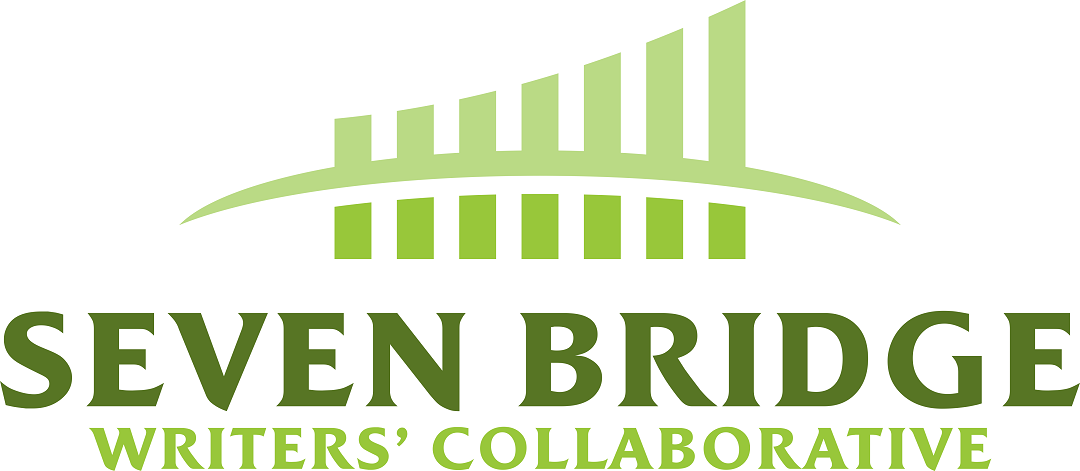Mary Bonina
Some years back as a new MFA student in creative writing, after just being assigned to work with fiction-writer Mary Elsie Robertson as a faculty mentor, I sat for a first meeting with her—in the grass under a favorite tree on campus. She began our meeting by saying, “Tell me about your childhood.” And so, I began to recount a few of the more defining situations of my childhood and to draw a portrait of the main players in my family life. My mentor listened as I went on about growing up in a family of mixed class and mixed ethnicity, a father from a Sicilian working class family and a mother from a lace curtain Irish family of professionals, and the challenging situation that ensued once my father was diagnosed with a hereditary form of blindness that would gradually change everything about the way our family lived.
I was a fiction student at Warren Wilson then. My mentor was asking me to tell her about my reality and I was confused about what her question had to do with writing fiction. I had a lot to learn then about the process of writing either fiction or creative non-fiction, and the importance of discovering one’s own material as a writer. I did not understand yet, how truth gained from personal experience finds its way into other lives, plays out by taking on new situations and challenges in a process of imaginative discovery, so that one is able to create in fiction, characters who SEEM real. Eventually I learned what Eudora Welty made clear in her memoir ONE WRITERS BEGINNINGS: the difference between writing out ofoneself (as in fiction) and writing of oneself (as in creative non-fiction). Vivian Gornick in her intro to a very good book on creative non-fiction writing – LIVING TO TELL THE TALE, (by Jane McDowell) writes: “It is true that the concerns of the memoirist are the same as those of the novelist. Memoir writing shares with fiction writing, the obligation to lift from the raw material of life, a tale that will shape experience, transform an event, deliver wisdom. It differs from fiction writing in the way it approaches the task – the chief difference being that a fictional “I” can be – and often is— an unreliable narrator. In memoir, the reader must be persuaded that the narrator is telling the truth.”
When I finished talking about my childhood that summer day in North Carolina, my mentor looked me in the eye and in her low-register, Arkansas drawl said, “Good, a writer needs that.” She added though, a cautionary note, “If the people and events you’re writing about are still living, you have to be careful.”
I took that advice to heart—perhaps too seriously— once finishing up my MFA, beginning an autobiographical novel, working very hard to try to disguise my own story by creating characters like me and other members of my family, but different enough in looks and quirks, hiding various identifiable personality traits, but careful to create characteristics that would not alter the “real” story I knew I had to tell. I spent 10 years with this novel and then I threw it away. It reeked of dishonesty. It was not true. Even in fiction, one must be true. What I hadn’t faced was that I had a ONE WRITERS BEGINNINGS story to tell and it was gnawing at me all through school and it continued to every day that I was fortunate to be able to sit down to write. Still invested in my own personal story, I could not find the narrator’s voice, and I wrote and rewrote chapters from first to a close third, and even an omniscient point of view, unable to settle upon one or the other, going well beyond the usual experimentation a fiction writer engages in when trying to settle on the narrative voice. And not finding a voice, I could not discover the novel’s structure, because voice and structure, like voice and every other element in fiction – are linked. What’s more, because I’d decided to set the story in a time contemporary with my own, I found that using familiar historical events, fashions, attitudes, music, places— everything— called up my own personal history even more. I was facing a failure of imagination: I couldn’t let my characters live lives of their own.
So, I began to read memoir and books about writing memoir and something called creative non-fiction. Until I did, I hadn’t realized a couple of things: I hadn’t thought at all about the distinction between autobiography and memoir. My reading helped me realize that autobiography was usually linear – this happened, then this happened and then this happened. But memoir jumped around a lot. I learned that in memoir, a writer zeroes in on a particular influential aspect of one’s life, rather than trying to cover all the main events, instead deeply exploring how that event (or series of related events), or circumstances, or interest, or person, or a place – made the author the person they had become. Learning this, I realized that the fact of my father’s blindness—that I’d become a guide for him as he was slowly losing his sight, describing the world for him, closely observing places and people and social situations and translating them for my dad—made me the writer I am today. And in that realization, I discovered the subject of my memoir, and I found my voice.
Join Mary Bonina for Turning Memories into Memoir, a six-week SBWC course, beginning Monday, March 25, 2019. For more information and to reglster, click here.

Mary Bonina’s memoir is available on Kindle
Amazon.com: My Father’s Eyes: a memoir eBook: Mary Bonina: Kindle …
It is available in a print edition from
My Father’s Eyes PAPERBACK – Mary Bonina : Small Press Distribution

